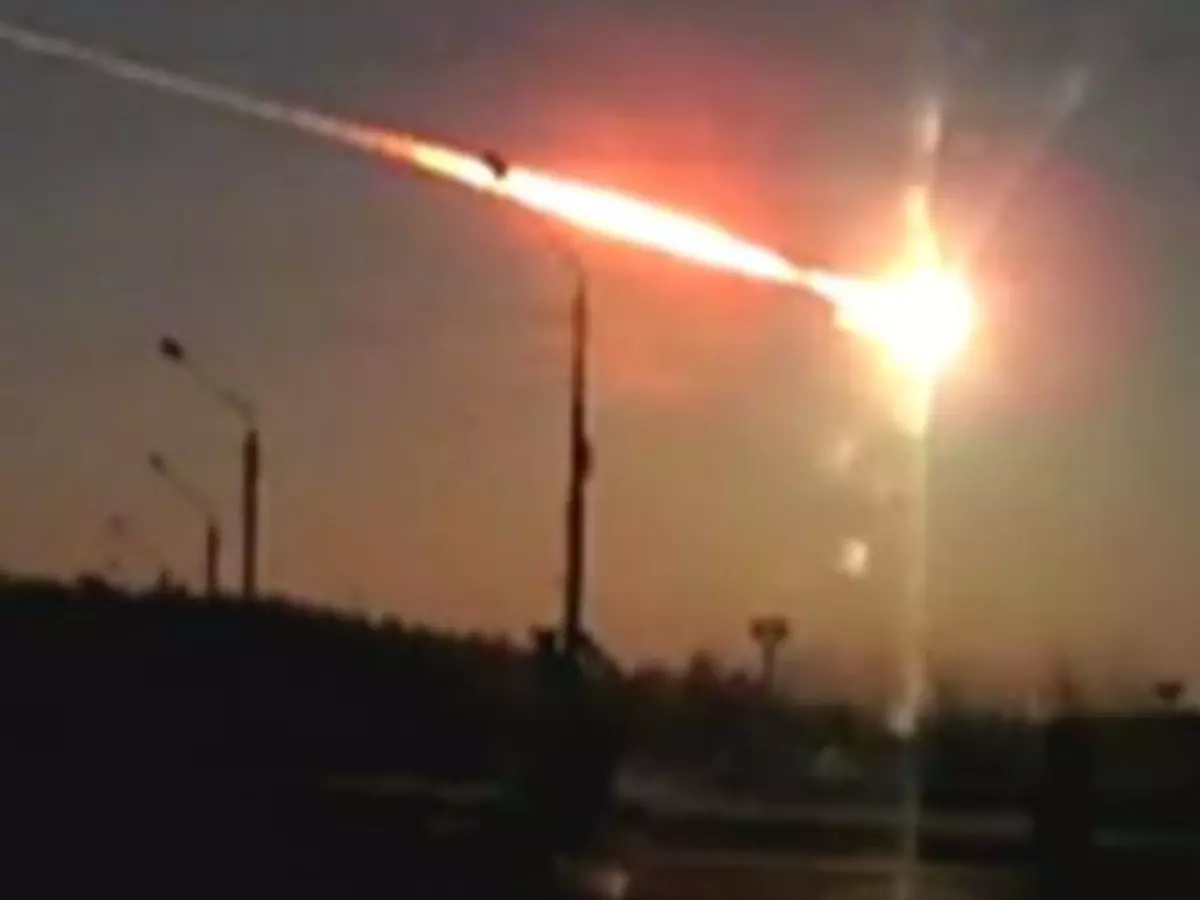Massive Meteor Lights Up The Night Sky In Norway: What Exactly Happened
The Norwegian Meteor Network (NMN) estimates that the rock weighed at least 10 kg and was travelling at a speed between 10 and 12 miles an hour based on preliminary analysis.

An 'unusually large' meteor briefly illuminated the night sky in Norway¡¯s southeast, creating a spectacular sound and light display as it rumbled across the sky, Reuters reported.
 via BBC
via BBC
Also Read: Guy Clicks Rare Green Meteor Pic As It Crashes Perfectly Into A Volcano
The light appears to have been visible for around five seconds over several hundred square miles as far north as Trondheim at around 1 am local time (4.30 am IST).
En annen vinkel. pic.twitter.com/FvoPocKCyy
¡ª astronewth (@astronewth) July 25, 2021
The Norwegian Meteor Network (NMN) estimates that the rock weighed at least 10 kg and was travelling at a speed between 10 and 12 miles an hour based on preliminary analysis.
A chunk of the meteor is believed to have broken off and hit Lier, about 15 miles west of Oslo, CNN reported citing a statement from Steinar Midtskogen, a spokesperson for the Norwegian Meteor Network.
Even as the local police were flooded with emergency calls, there were no reports of injuries or damage.
Also Read: First Meteor Shower Of 2021 On New Year Weekend, As Quadrantids Light Up The Sky
Norve?¡¯in ba?kenti Oslo yak?nlar?nda bir ormana d¨¹?t¨¹?¨¹ tahmin edilen meteor, ba?kent ve ?evresinde geceyi g¨¹nd¨¹ze ?evirdi. pic.twitter.com/DFkeXTo2Qj
¡ª NAYN (@Nayn_Co) July 25, 2021
The phenomenon which sees rocks hurtling to the Earth from space sent a shockwave to those close to the meteor¡¯s path. Midtskogen said that doors and hatches were blown open and there were gusts of wind.
The Norwegian Seismic Array (NORSAR) has confirmed the area of impact and a team of experts are hunting for the meteorite.
From Sandefjord pic.twitter.com/mrz1HZaXBf
¡ª Mikael Berg (@mikaelberg2k) July 25, 2021
Also Read: Ship Captures Rare Video Of Meteor Entering Earth's Atmosphere And Exploding Over Sea
Meteors are ¡®space rocks¡¯ that enter Earth¡¯s atmosphere at high speed and burn up as fireballs or ¡°shooting stars¡±. It¡¯s called a meteorite when it survives the trip through the atmosphere and hits the ground.
The Norwegian Meteor Network spokesperson also said that the meteor¡¯s orbit seems to have been confined to the innermost part of the solar system -- and not originating in the asteroid belt between Mars and Jupiter as is typically the case.
This, he added, would make the recovery of meteorites ¡°very valuable for science.¡±
